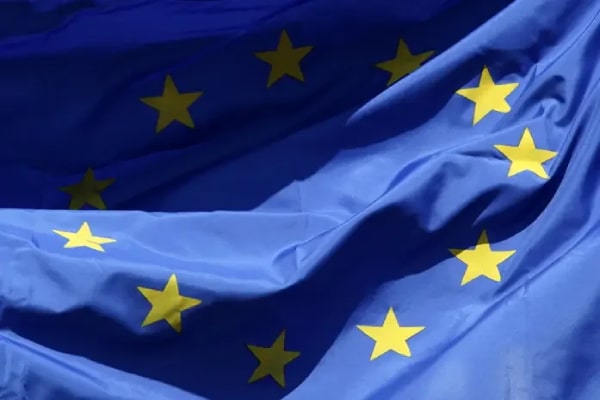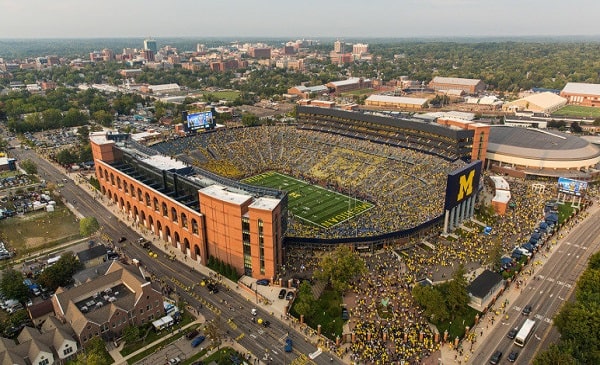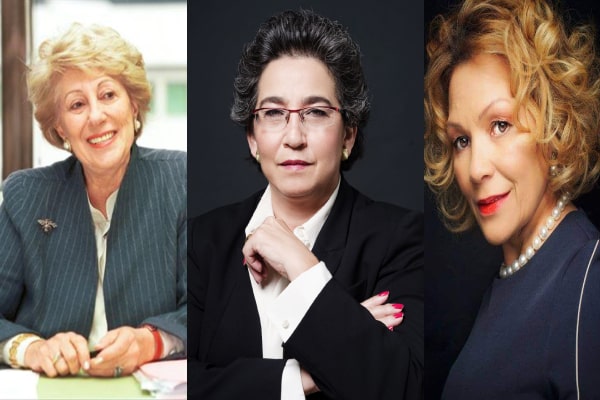European Union: What Is It & Which Countries Are Part Of The Bloc?
Several countries make trade agreements in order to bring better results for their economies. In this context, European countries came together to form an important bloc, known as the European Union.
Trade blocs play an important role in the global geopolitical scenario, whether in economics, politics or even social issues. Understand what the European Union is and which countries make up this bloc.

What is European Union?
The European Union, also known by the acronym EU, is an important economic bloc made up of countries in Europe. It is the result of a group of nations of the “old continent” that have political, social and economic agreements.
The European Union economic bloc is the oldest ever formed, as its first steps took place in 1957, with the formation of the European Coal and Steel Community (ECSC) and the European Economic Community (EEC). At that time, the agreements were formed by 6 countries:
- Germany;
- Belgium;
- France;
- Italy;
- Luxembourg;
- Netherlands.
Read Also: The 25 Richest Countries In Europe (Updated)
How does the European Union work?
The official creation of the block took place in 1992. There were two main contexts in history that influenced the creation of the European Union. First, the scenario after the Second World War, in an attempt to recover part of the impacts caused in these participating countries, strengthening the security and military power of the nations.
Furthermore, the context of the Cold War was an important step for Europe to think of ways to contain the advance of US influence in its territories. Thus, the objective of the European Union is to build mutual cooperation between countries, especially from an economic and commercial point of view.
To further strengthen this dependence between the countries of the European Union, the bloc has institutions in common, in addition to having created a single currency, the Euro, forming what is known as the Euro Zone, which are the nations that use this money.
One of the main characteristics of the European Union is the formation of its own institutions, of which the following can be highlighted:
European Parliament: represents the bloc’s legislature, and its members are changed every 5 years, through elections voted by the citizens themselves.
Council of the European Union: responsible for debating, amending and approving the bloc’s legislation.
European Commission: Executive institution of the bloc, proposing new laws, as well as implementing measures decided by parliament and the council.
European Central Bank: bank that modifies the monetary policies of the EU, setting interest rates, managing reserves and giving the go-ahead for issuing currency.
Countries that are part of the European Union
After the UK left the European Union, a total of 27 countries are included in this agreement. See the list below, in alphabetical order:
- Germany
- Austria
- Belgium
- Bulgaria
- Cyprus
- Croatia
- Denmark
- Slovakia
- Slovenia
- Spain
- Estonia
- Finland
- France
- Greece
- Hungary
- Ireland
- Italy
- Latvia
- Lithuania
- Luxembourg
- Malta
- Netherlands
- Poland
- Portugal
- Czech republic
- Romania
- Sweden
Another characteristic of the countries that are part of the European Union and other associates is that they have an agreement known as the Schengen Area, which establishes the free movement of people between their countries in the entry and exit of the population that has citizenship in these nations.
Read Also: The 15 Largest Countries in the European Union
In this way, understanding how the European Union works is important not only to have more information about the dynamics of the countries that make it up, but it is also essential in understanding the entire current world geopolitical scenario.







